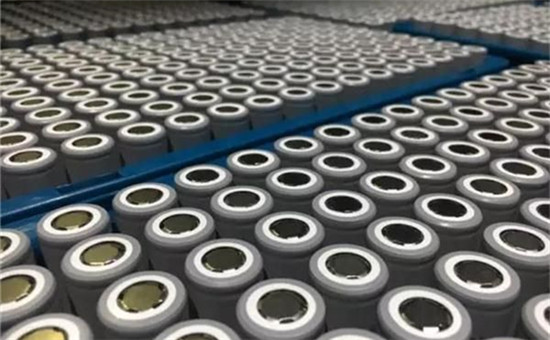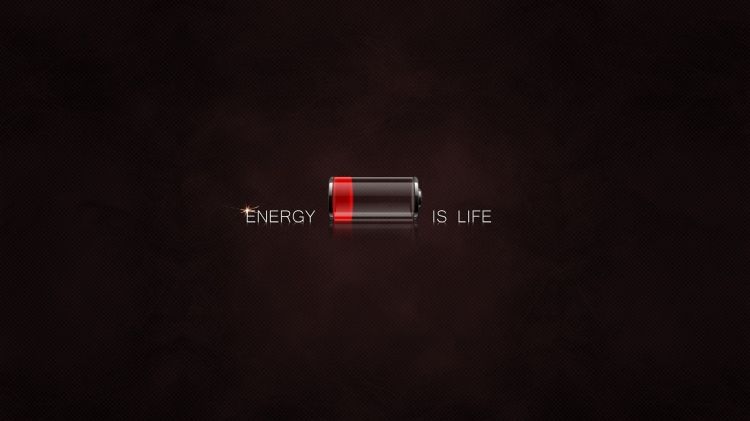Liquid Metal Battery VS Lithium-Ion
Sep 28, 2019 Pageview:5003
Liquid metal and lithium ion batteries are the best batteries that offer rechargeable energy. While the liquid metal batteries focus on giving you a lower cost, lower operating temperatures and more stored energy, the focus of lithium ion batteries is focused elsewhere.
That is because, the lithium ion batteries, on the other hand, pay attention to making reliable energy source for portable devices such as laptops as well as mobile phones. That being said, here are a few things that you need to pay attention to regarding the two types of batteries: the Liquid metal battery and lithium ion battery.
What is Liquid Metal Battery?
This is a battery that produces a current especially when there is involvement of two dissimilar metals forming an alloy. When a liquid metal battery is charged, the process is reversed hence forming the very original metal types.
However, this battery needs to operate at very high temperatures. That is because the electrolyte and the metals need to be in liquid form to facilitate the needed mobility of ions that allow the reaction to take place. That being the case, the liquid metal batteries are in a position to allow a magnitude order that cannot be realized with the conventional batteries.
Therefore, liquid metal batteries are high capacity batteries that are best suitable for applications such as in electrical power grids. At the same time, the liquid metal battery doesn’t mechanically degrade or lose its high-end capacity over time like the others do.
What is the Difference Between Liquid Metal Battery and Lithium-Ion?
1.The Liquid Metal Battery
The liquid metal battery comes with a wide range of benefits that sets it apart from the lithium ion batteries. Here are some of the things that will definitely make you fall in love with the liquid metal batteries.
To start with, the fact that the liquid metal battery has liquid components, you will experience an extra fast transfer of chemical constituents and electrical charges within one component to the other. At the same time, this allows the rapid flow of very large current amounts in and out of the battery.
More to that, when using the liquid metal batteries, the top layer of molten tends to get thinner during discharge and thicker when it is charging. That being the case, there is no hassle involved as the battery can easily take up the container’s shape considering the fact that it is very pliable.
While in some cases the solid electrodes may crack and even experience others forms of failure the liquid electrodes are in a better position as they do not degrade over time like the lithium-ion batteries. Actually what happens is that during charging, ions that tend to move from the top and gets deposited at the bottom layer are returned to the top.
In the process, the electrolyte is purified which leads to the reconstitutions of all the three components. And since there is natural segregation of the components, there is no need to have separators that only end up wearing off after some time.
The thing with these liquid metal batteries is that they should be in a position to offer as many discharges and charges as possible without needing any service or losing their capacity. In addition, the self-segregating feature of the battery’s liquid components makes it possible for you to get access to less expensive and simpler manufacturing as compared to the lithium-ion batteries.
2.The Lithium-Ion Battery
The lithium ion battery happens to be an improved version of the lithium metal batteries. Although the lithium metal battery was highly effective, it had a high number of defects that lead to either bursting or burning when charging. With the introduction of other ingredients such as manganese and cobalt, the lithium metal battery was completely eliminated.
The lithium ion battery uses a cathode that is made of lithium cobalt. The cathode is filled with an electrode that forms an ion channel in the middle. There is also a diaphragm in the lithium ion battery that helps in the separation of the negative and positive electrodes in order to avoid short-circuiting.
Since the lithium-ion batteries can be made in many shapes unlike the liquid metal batteries, they can be used in a wide range of items. This includes batteries of iPhones, laptops and cell phones. The fact that they are highly rechargeable makes them the most ideal source of power for most of the consumer electronics we have in the market today.
Both the liquid and lithium-ion batteries pack a lot of power for their size though. You will love the fact that the lithium ion rechargeable battery actually is lighter than other rechargeable batteries that were available during that time. The electrolyte in the lithium ion battery that helps to separate the anode from cathode allows the storage of electrical energy as well as serve as a conductor for electricity.
How to Use Liquid Metal Battery and Lithium-Ion Properly?
The newly introduced liquid metal battery comes with a wide range of advantages. To start with, this battery has way more environmentally friendly aspects than other existing counterparts. Therefore, this battery would lead to a safe yet inexpensive renewable energy storage that would come in handy in power grids.
This is to say that the battery not only has greater power but also has a longer life cycle as compared to the rechargeable batteries. On the other hand, the lithium-ion batteries come with lots of safety risks. However, this is something that you can easily curb by inhibiting the high current surges.
In Summary…
As we have seen in the article, there is a huge line of difference between liquid metal and lithium-ion batteries. While the liquid batteries strive to increase their resilience in their energy storage, the lithium batteries, on the other hand, are doing their best to provide the most ideal energy source for portable devices. The best thing about the liquid metal battery is that its energy could either be released as either hydrogen gas or electricity which makes it a very flexible energy source.
- Prev Article: Li-Po Battery Parallel Charging Board
- Next Article: Li-ion Battery Charger Module
Leave Message
Hottest Categories
-
Hottest Industry News
-
Latest Industry News











